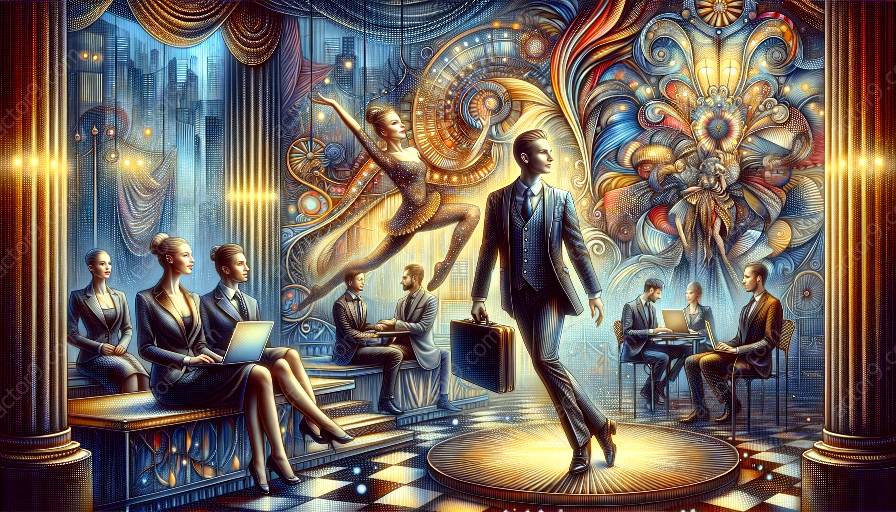Circus arts as a business has evolved significantly over the years, and the infusion of innovation and creativity has played a vital role in shaping its management and marketing strategies. In this comprehensive guide, we will delve into the essential roles of innovation and creativity in circus arts business management and how they influence the overall success and sustainability of the industry.
The Influence of Innovation in Circus Arts Business Management
Innovation is a transformative force that drives progress and growth within the circus arts business. One of the key roles of innovation in this context is the development of new acts and performances that captivate and engage audiences. Circus arts businesses are constantly seeking to push the boundaries of traditional performances by introducing innovative concepts, technology, and artistic elements that redefine the audience experience.
Additionally, innovation plays a crucial role in the operational aspects of circus arts management. From logistics and production methods to customer engagement and ticketing strategies, innovative approaches enable circus arts businesses to streamline operations, enhance efficiency, and deliver unparalleled experiences to patrons.
Embracing Creativity for Dynamic Business Management
Creativity is the cornerstone of circus arts, and its application in business management is equally pivotal. In the realm of circus arts business management, creativity fuels the development of unique marketing campaigns, branding initiatives, and promotional events that resonate with diverse audiences. Creative storytelling and visual aesthetics are harnessed to create immersive experiences that elevate the circus arts business to new heights of success.
Furthermore, creativity plays a fundamental role in talent management and production planning. From costume design and set construction to choreography and music composition, infusing creativity into these elements adds depth and originality to the performances, enhancing the overall appeal of circus arts as a business.
Strategic Marketing and Innovation in Circus Arts
The integration of innovation and creativity in circus arts business management is paramount to the formulation of compelling marketing strategies. By leveraging innovative technological tools and creative content creation, circus arts businesses can engage with audiences through various digital platforms and social media channels. This enables them to build a loyal fan base and expand their reach to new demographics.
Moreover, the use of innovative marketing tactics, such as interactive experiences, virtual reality showcases, and immersive storytelling, allows circus arts businesses to differentiate themselves in a competitive market, attracting attention and generating business opportunities.
Ensuring Sustainability and Growth
The roles of innovation and creativity extend beyond immediate business strategies, shaping the long-term sustainability and growth potential of circus arts enterprises. It is through the constant innovation and creative adaptation that circus arts businesses can remain relevant, attract new audiences, and evolve in response to changing consumer preferences and societal trends.
Furthermore, by embracing innovation and creativity, circus arts businesses can diversify their revenue streams through collaborations, partnerships, and the development of ancillary products and services that complement their core offerings.
Conclusion
The infusion of innovation and creativity in circus arts business management is instrumental in driving the industry forward, fostering audience engagement, and ensuring the longevity of circus arts as a business. By harnessing these dynamic elements, circus arts enterprises can continue to captivate audiences, expand their reach, and carve out a distinct position in the global entertainment landscape.


































